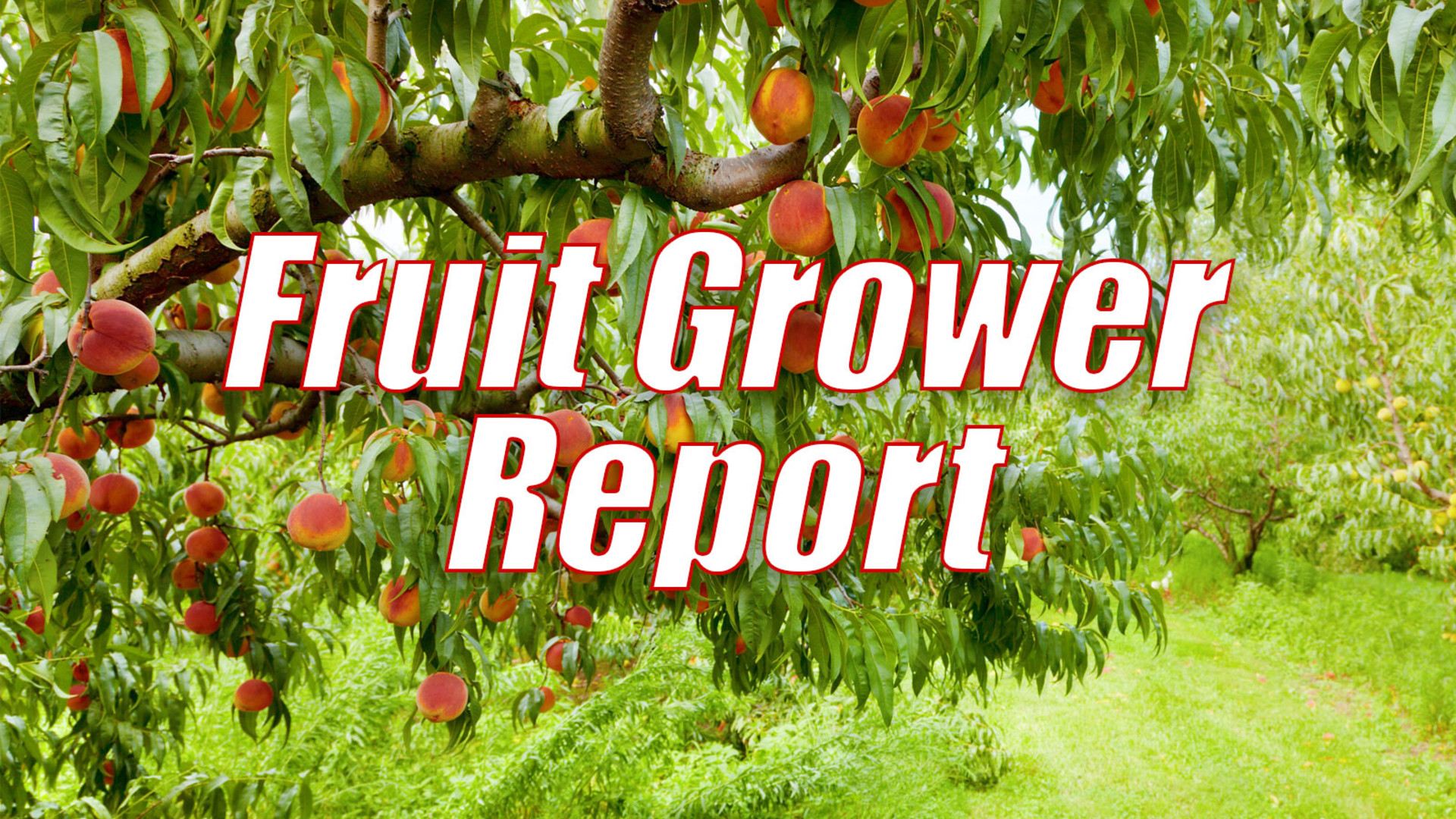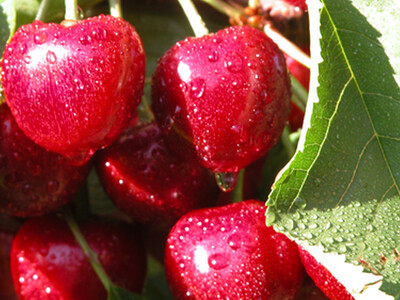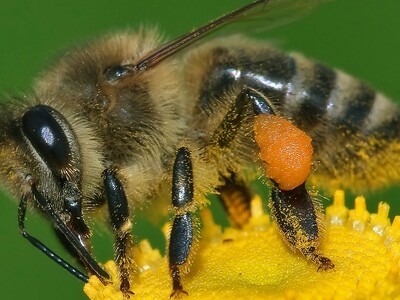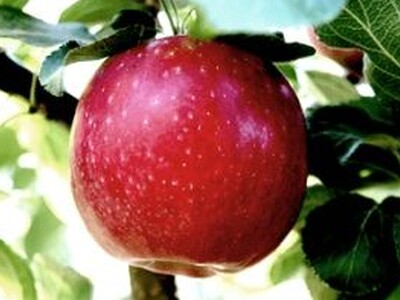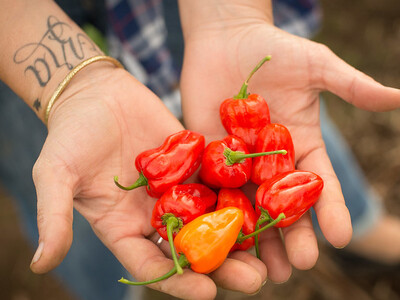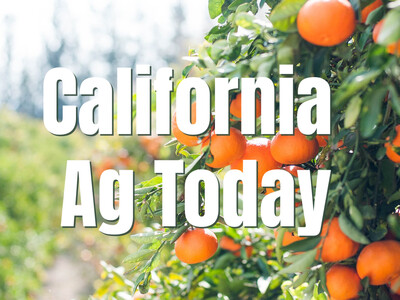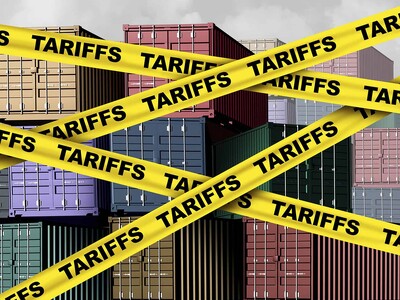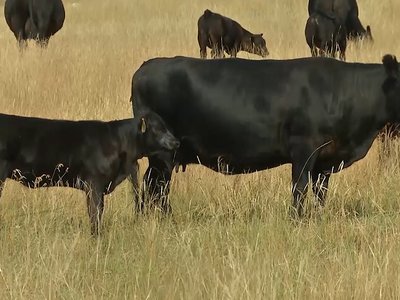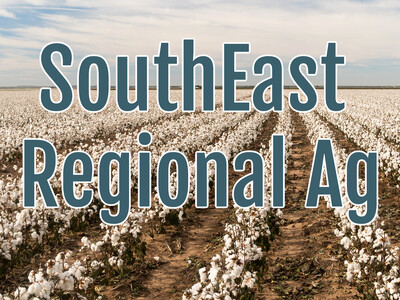Collecting Bees
Collecting Bees. I’m Greg Martin with today’s Fruit Grower Report.
ODA is focused on finding native bees and documenting their importance in pollinating specialty crops in Oregon such as blueberries, cherries, and carrot seed. Last year, grant funds were used to set up traps which collected all native bees in the area.
ROGG: This year we actually went in there and said, okay, we are looking at who is actually, of these native bees, involved in the actual pollination of the plant. So we have our trappers sit in front of the flowers and sucking them off the flowers.
Helmuth Rogg of ODA’s Insect Pest Prevention and Management Program says the precarious health and availability of domesticated honeybees– often brought in by commercial beekeepers to pollinate specialty crops– makes it important to know more about native bees and whether they can do the job.
ROGG: There are many factors, obviously, affecting the health of the domesticated honeybees. So it’s always good to have plan b available, that you can adapt your specialty crop settings to the point that you attract more native pollinators than you already have.
A second survey is underway this summer as well. Oregon joins many other states in collecting domesticated honeybees, which are sent live back to USDA for examination and health analysis as experts try to find more clues into solving colony collapse disorder. Rogg says Oregon’s specialty crop growers sometimes have difficulty getting commercial domesticated honeybees at the right time to pollinate their crops.
That’s today’s Fruit Grower Report. I’m Greg Martin on the Ag Information Network.


